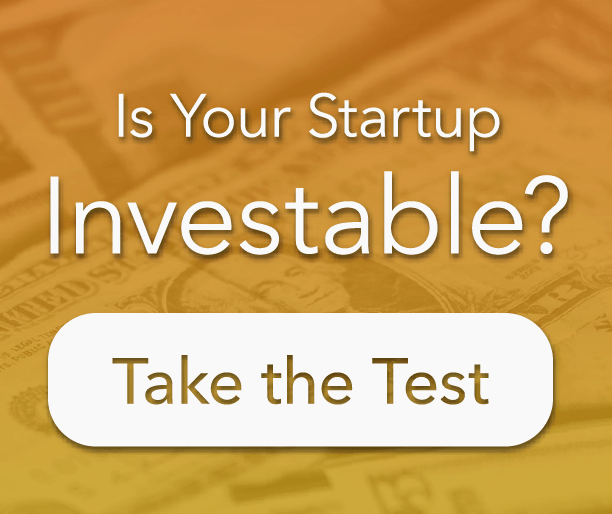
I ask myself this question a lot. I think I could make an app for everything. But after three apps, I’ve learned a process that helps me determine if I should build an app or not.
Building an app is so appealing.
It’s tempting — I get it. All the time, I read the success stories about tens of thousands of downloads and dollars being made in a matter of weeks from launching a simple mobile app. From 25,000 users in the first 24 hours, Instagram grew to 300,000 by its third week, and then into the tens of millions. With today’s accessibility to technology, it’s easy to make an app, and it can be profitable overnight. Flappy Bird, a mobile game app, brought in $50,000 a day in its prime.
If you are reading this, you probably have one or two solid app ideas.
How do you know if you should build them?
Here is a checklist that will hopefully make this answer clear to you.
For a guinea pig, I’m going to use an app idea called City Swipe. City Swipe is a weekend travel app that shows users the best places in any city by category. It’s different because it shows only one place, instead of a ranked list of places to visit, for each category. Users agree and disagree to keep the truly best place at the top. The following items will require you to use your investigative and analytical powers. As you work through the steps, you should hopefully gain more and more clarity as to whether you should build your app or not.
How to Launch a Tech Startup If You Are a Non-Technical Founder
Checklist:
1. Answer: Does it really make people’s lives better?
This is fundamental to entrepreneurship. You create a business to take away pain or solve a need. If the app does not provide someone with something that makes them say, “Wow. This is really helpful.” Then don’t build it. The world is crowded with enough unhelpful things. Build something that will make someone’s life happier (including your own).
2. Search: Does something similar already exist?
Do a Google search. There are over 1.2 million apps in Apple’s App Store, the leading marketplace for apps. Something might already exist.
7 Steps to Assess Your Concept’s Competitive Environment
3. Download: Does the competition have a strong, beautiful app?
When/if you find a similar app, download it. Play around in it. Does it look and feel good? Compare it to a hotel room. Does it feel clean and comfortable? Or does it feel cheap, empty, and full of bugs?
If it’s a great app, don’t worry. There is still opportunity through differentiation. If it’s a poor app, market leadership is up for grabs. Keep reading.
4. Analyze: Competitor’s app and user base size
If it is an amazingly well-done app, it will have the follower base to prove it. But sometimes this is not always the case. Analyze your competitors by putting them into one of these four categories:
- Poorly designed app with a large user base. Green light. This tells you that there is a need the app is fulfilling but there are areas in which you could improve the experience.
- Poorly designed app with small user base. Yellow light. Is it the design holding it back? Or is the need not strong enough? The design is easier to correct than lack of demand.
- Beautiful app with small user base. Red light. This is something to avoid. It means the market is not strong enough to support a mobile app!
- Beautiful app with large user base (Facebook, Google, etc.). Yellow light. This is a harder nut to crack but is possible through design. See below.
5. Design: Does your app do at least one thing better than the competition?
If you are going up against large, entrenched competitors with beautiful apps, you will be relying on the principle of differentiation. You will need to design an app that does at least one thing better than anything else out there.
Seek to differentiate in user experience, focusing on one feature, or bringing a deeper experience to what the competition considers a frill. For example, if you want to develop a shoe shopping app, and you find a strong shoe shopping app already exists, then focus your app on running shoes, or boots, only. This will attract a niche of users, with more passion for a specialized type of shoe. Or, design a shoe shopping app with a minimalistic, black-and-white interface. The function may be the same, but the design may attract (or steal) users from the competitor.
6. Ask: Would anyone in your networks (online and offline) use it? Ask them (and Reddit).
Before building your app, share it with your networks. Ask anyone and everyone if they would be interested in using it, if it existed. This is an important step because, as an entrepreneur, you can get stuck inside your own head. Let the critique and feedback of others prune your vision. It can save you a world of time and money. If you keep your app idea secret though the development process, you may find yourself launching an app that nobody wants or needs.
7. Reach: Do you have a follower base of at least 20k?
Another important aspect of building an app is getting people to use it. Some say securing a distribution list is the hardest part. You may have an incredible app idea, and iterate it perfectly in development, but if you have no one to ship it to, it will get the same exposure as a poor app idea with an awful design.
Key to Startup Success: Customer Discovery [Infographic]
8. Build: Build a landing page and use PPC ads to drive targeted traffic to it. Is the conversion rate over 6%?
An objective method to determine what people outside your personal networks think of your app idea is to pay for clicks online. This requires some skill in landing page development. But there are tools that make this very simple and easy. A/B test your landing page to make sure it’s not the design or messaging that is wrong. Run another ad campaign — does the conversion rate get to 6% or better?









